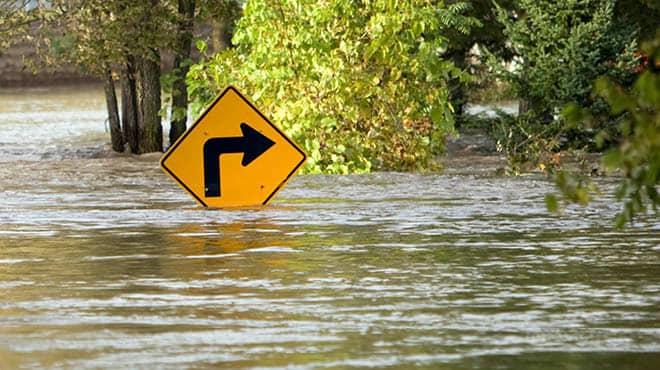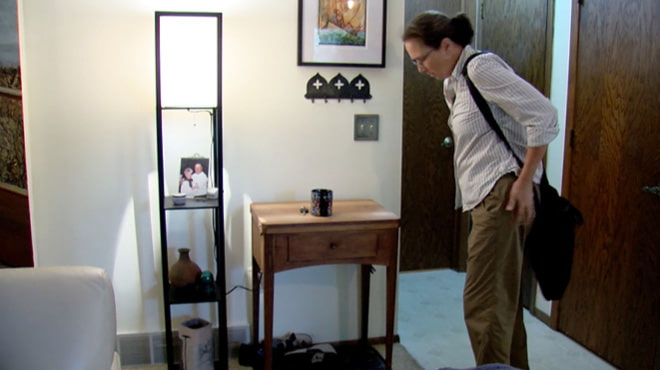Recent Posts
6 tips for flood water safety

Recent weather has produced intense rainfalls and flooding in the Midwest. Subsequently, these rainfalls have resulted in many facilities and basements playing host to standing flood water. Though most flood water eventually evaporates or is removed, these water accumulations can pose significant health and safety risks.
Standing flood water can be a breeding ground for mosquitoes, which carry diseases like West Nile virus and several viruses that cause encephalitis. Flood water and standing pools also may contain sewage and hazardous substances from chemicals and agricultural runoff.
You should avoid standing flood water whenever possible. Here are practical safety tips:
- Avoid flooded areas.
Flood waters can be fast-moving and sweep away people and vehicles. Do not drive, walk or swim through flood waters. Don't allow children to play in or near flood waters. It can be difficult to judge the depth of the water, and unknown dangers may be hidden by it. - Clean and disinfect items that have touched flood water.
Taking a twofold approach to cleaning up after a flood is crucial. Cleaners remove dirt and grime, and disinfectants stop the growth of bacteria carried in floodwater. Wear proper safety gear like gloves and eye protection while cleaning. If you are cleaning areas that have mold growing, it's also recommended to wear a N95 mask. - Don't eat foods that may have come into contact with flood water.
Even if the food is packaged, it could have been exposed to bacteria from the floodwater. If there are power outages, dispose of food that has warmed or thawed in fridges and freezers. - Ensure drinking water is safe.
Contaminated water can contain bacteria and cause serious infections. Follow water safety advisories to boil water before drinking or use bottled water. If needed, bring water to a rolling boil for one full minute to kill water-borne bacteria. - Never expose an open wound to flood water.
During flood cleanup, there's a risk of developing cuts, open wounds or blisters, which could increase the risk of infection. Clean wounds with soap and clean water. Apply an antibiotic ointment and cover it with a waterproof bandage. - Wash your hands often and thoroughly.
If you've come into contact with flood water or objects that have touched flood water, it's crucial to clean your hands with soap and water or alcohol-based hand sanitizer.
Consider having an emergency kit stocked with water, nonperishable food, a first-aid kit, flashlights and extra batteries. Stay informed of your local flood warnings, particularly if you live in an area prone to flooding.
If you've been in contact with flood water, watch for symptoms like diarrhea, vomiting and fever. Seek care with your healthcare team if you develop symptoms and feel unwell.
To learn more about protecting yourself against the dangers of flood water, visit the Centers for Disease Control and Prevention's website.
Jessica Sheehy is physician assistant in Infectious Diseases in Mankato, Minnesota







